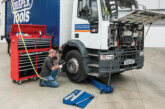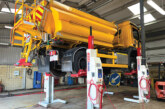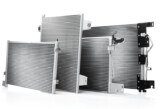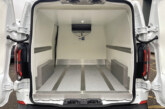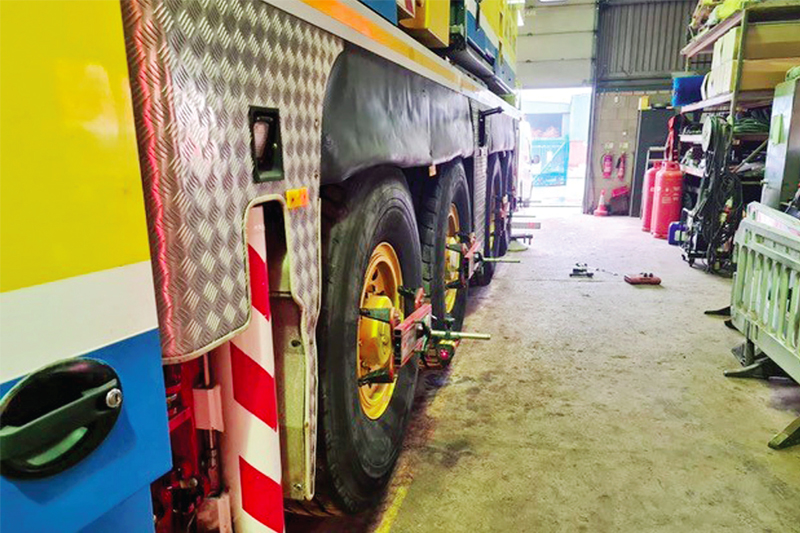
Jeremy Krantz, Steertrak managing director, looks at tyre particulates – which are likely to be next on the Government’s pollution hit list – and how effective wheel alignment can mitigate them.
As most will be aware, as vehicles move along, friction between the tyres and the road surface generates tyre ‘dust’. These particulates, alongside those released from brakes, are extremely small and are known as PM2.5 emissions. These can impact directly and negatively on human health as well as on the wider environment.
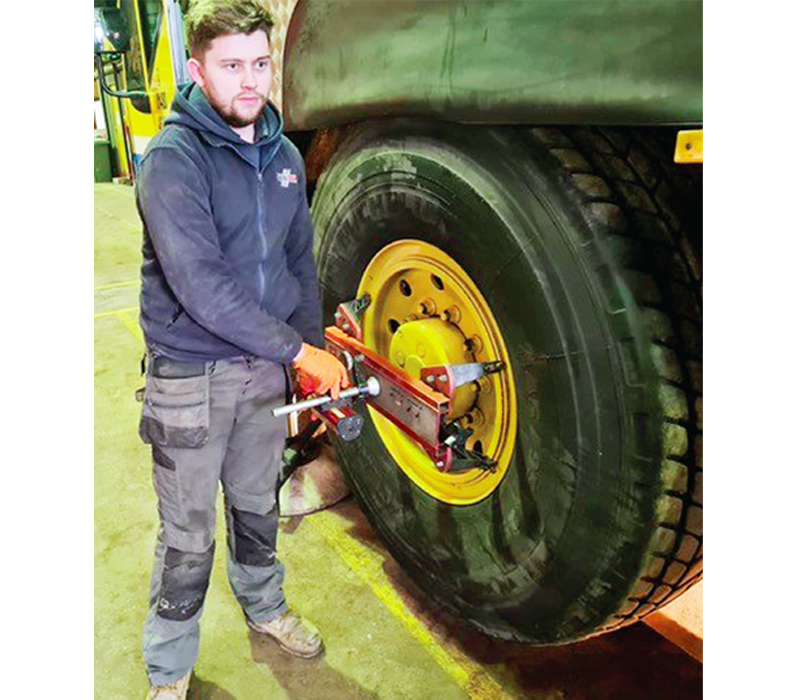
In the UK, The Department of Transport has been working with consultants to “develop recommendations on how to better assess and control these emissions” with media speculation around the possibility of a so-called ‘tyre tax’ being raised.
Respiratory problems
One of the main concerns of tyre dust particles is their impact on human health. When inhaled, these particles can cause respiratory problems such as coughing, wheezing, and asthma. This is because they contain harmful chemicals such as zinc, lead, and polycyclic aromatic hydrocarbons (PAHs). PAHs are also known carcinogens, and long-term exposure to them can increase the risk of cancer.
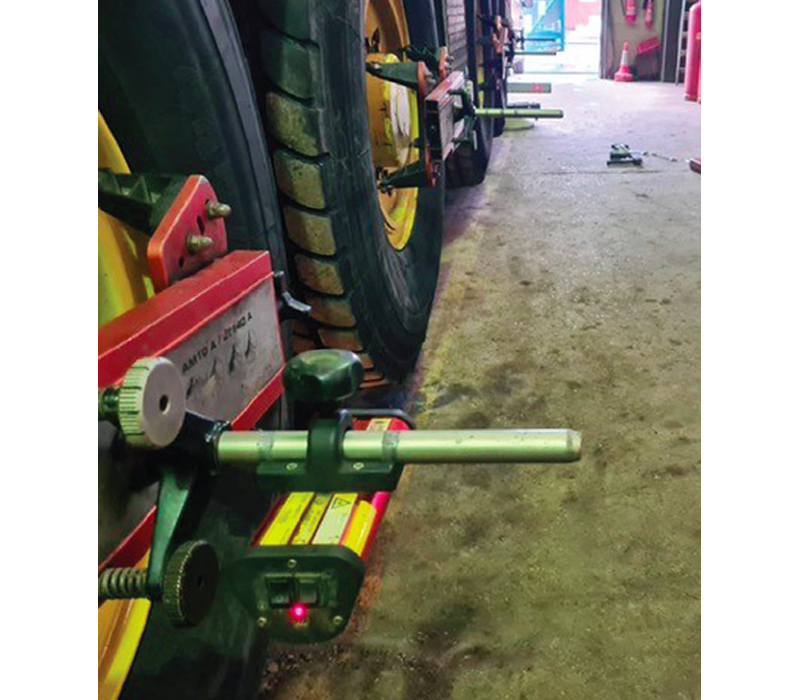
Tyre dust particles can also have a significant environmental impact. When they enter the soil or water, they can harm plant and aquatic life. In addition, they can pollute the air and contribute to climate change. A study from Imperial College suggests that approximately 6 million tonnes of tyre wear particles are released each year globally.
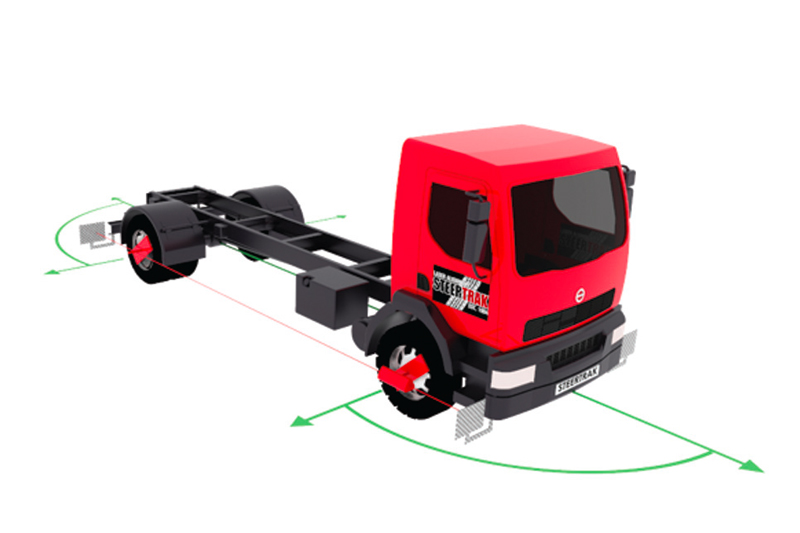
When compared to cars it is even more critical to address the issue of tyre dust particles generated by EVs, HGVs and other commercial vehicles due to their greater weight and higher propensity for tyre wear. These vehicles are often used for long distances and carry heavy loads, compounding the tyre wear and particulate issues.
To mitigate the impact of these particles it is essential to reduce their release. There are several ways to do this that might include reducing the speed of the vehicles (therefore reducing the friction between the tyres and the road), making sure tyres are not over or under-inflated, and ensuring that vehicles are properly maintained.
As part of that maintenance programme proper wheel alignment is crucial. When a vehicle’s wheels are not aligned correctly, the tyres wear unevenly, leading to increased production of particulates.
Additionally, misaligned wheels can cause tyres to overheat, which can further increase the wear and tear on the tyres and generate more dust particles. Therefore, regular wheel alignment is essential for extending the life of the tyres. Unsurprisingly carrying out this type of preventative maintenance not only provides cost benefits on tyre purchases but also the financial benefits on fuel economy attributed to optimised wheel alignment.
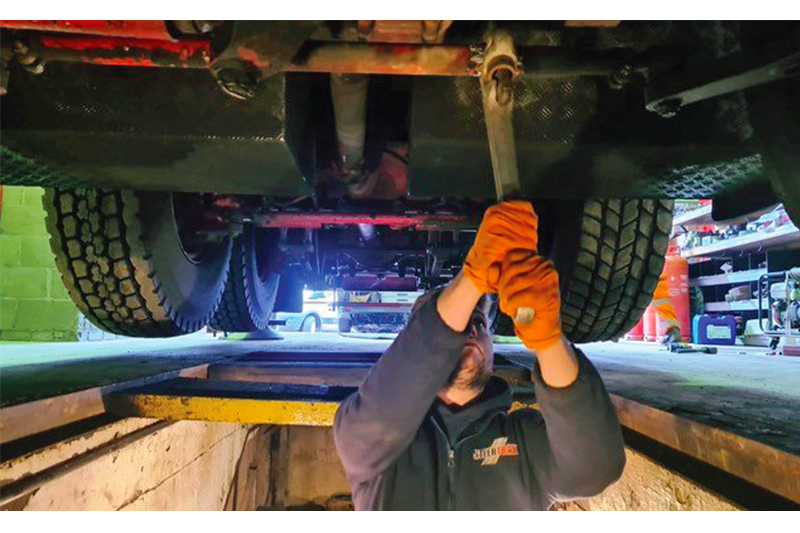
In conclusion, governments around the world are increasingly acknowledging the importance of addressing the issue of tyre dust particles and their impact on the environment and human health. HGVs and other commercial vehicles play a crucial role in our economy but are recognised as being significant contributors to the generation of such particulates.
For commercial vehicle owners and operators alike, roadmaps for sustainability decarbonisation involve major infrastructure and asset changes as well as large capital investments. However, prioritising simple, inexpensive, and effective strategies of embracing regular maintenance and proper wheel alignment checks are available and can make a difference right now. This will help reduce the impact of particulates generated by these vehicles, improving air quality and creating a healthier, more sustainable future for everyone.


